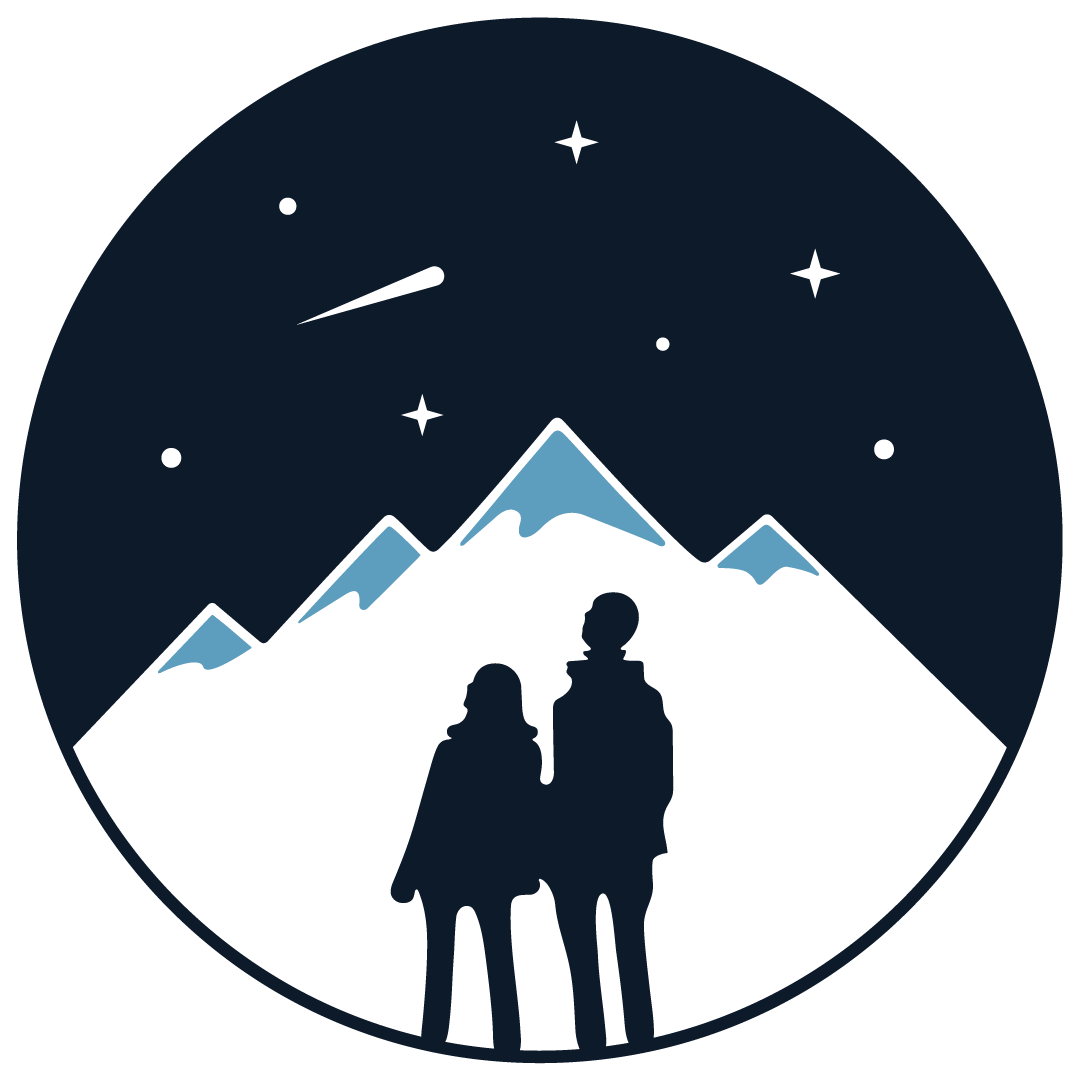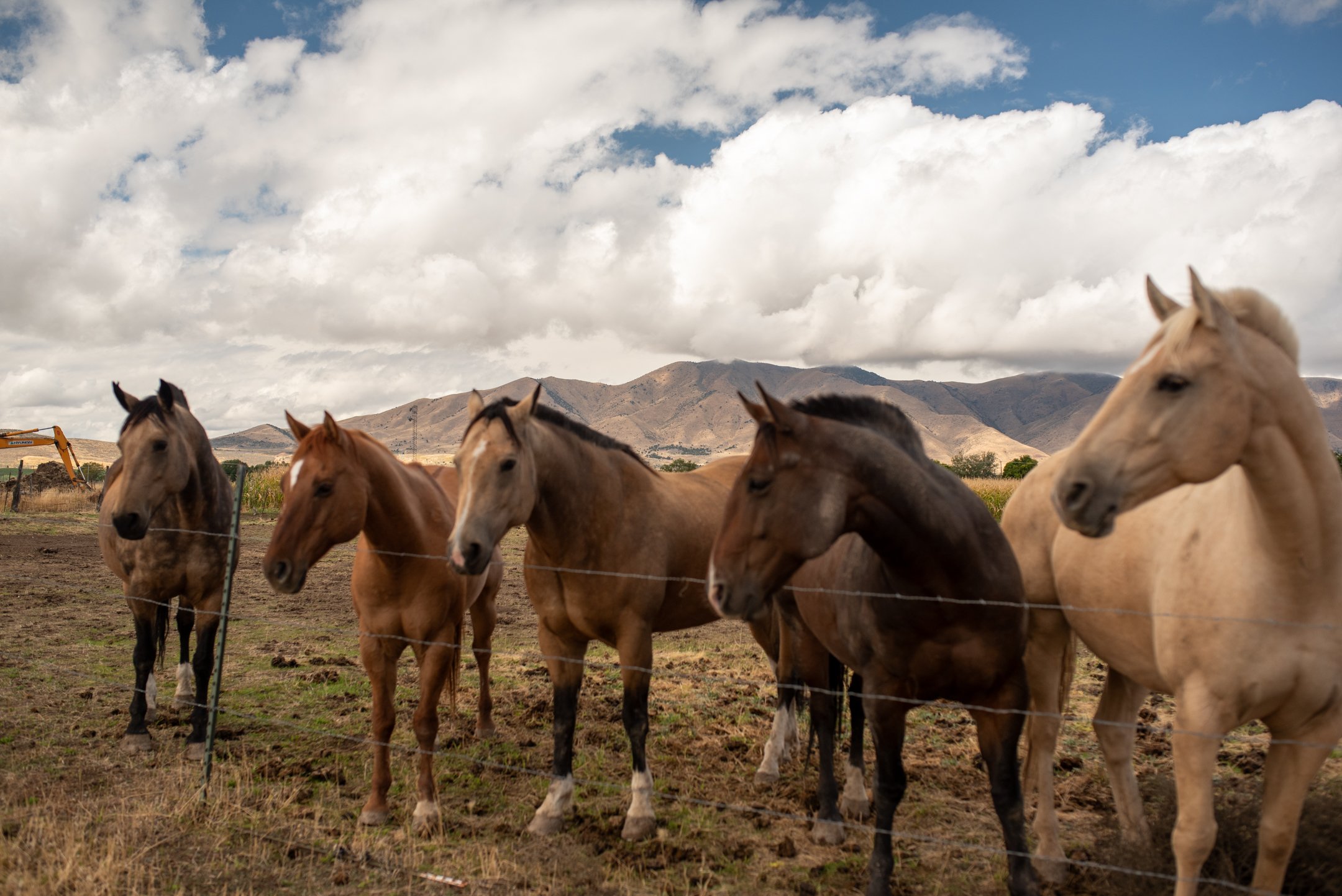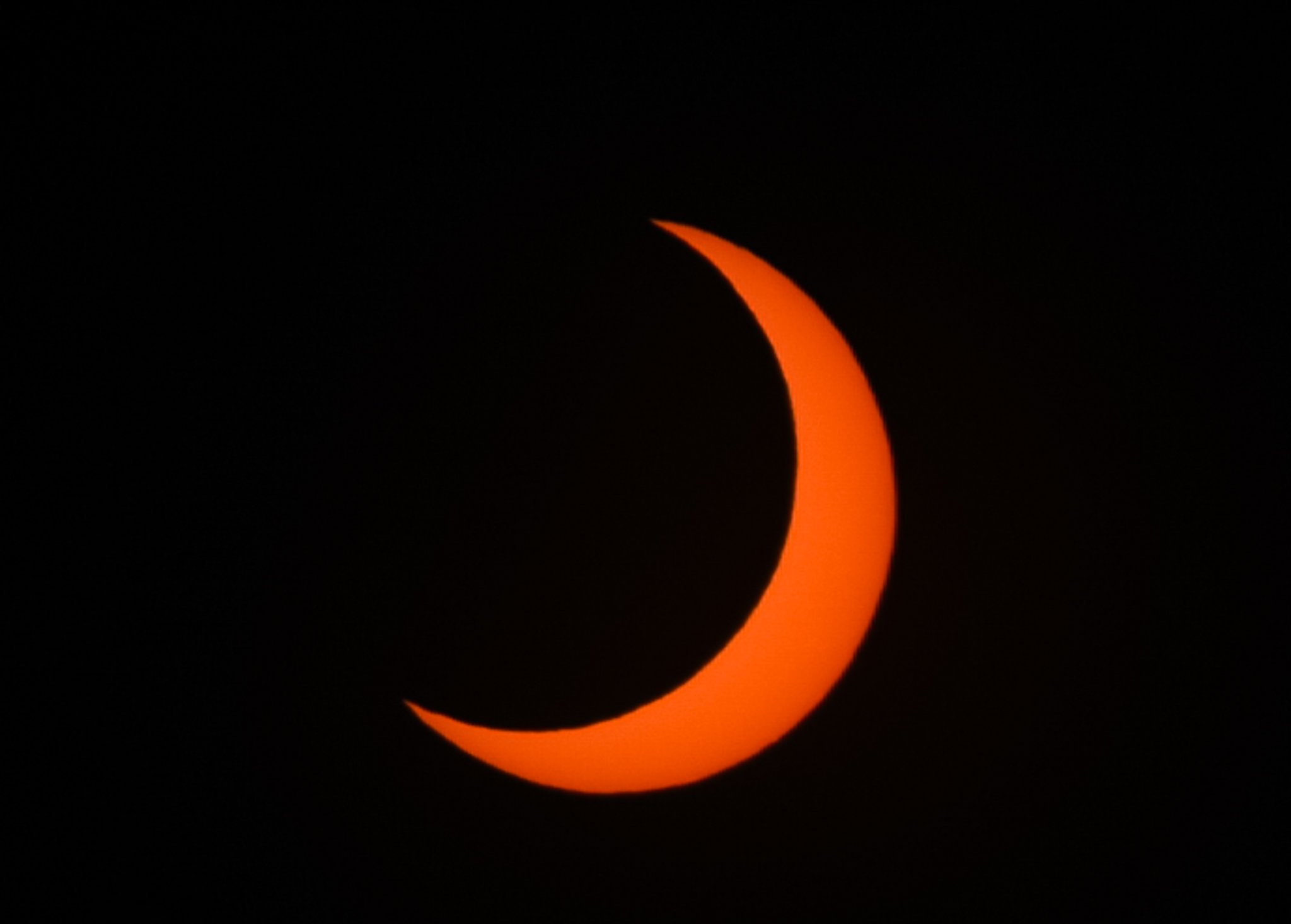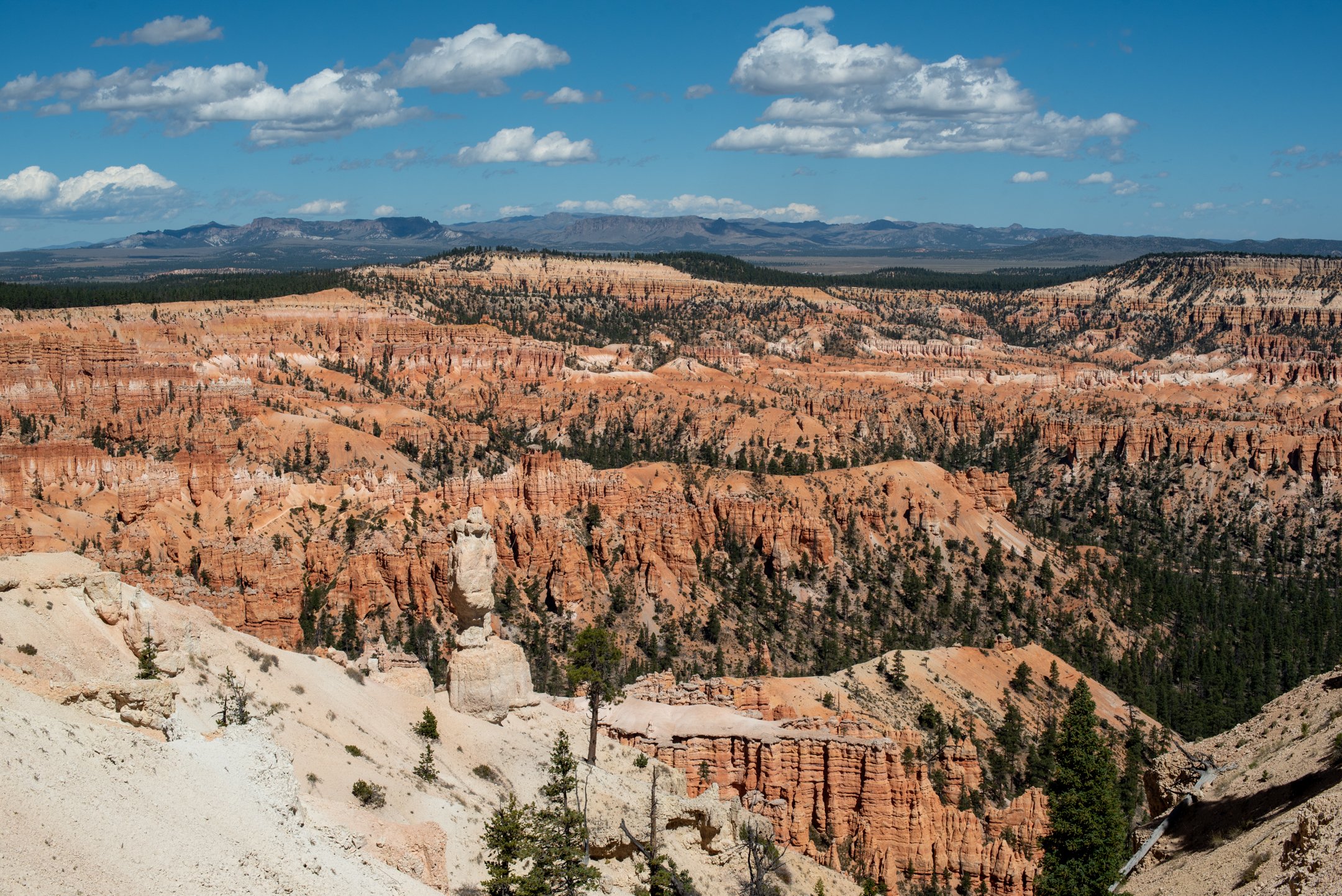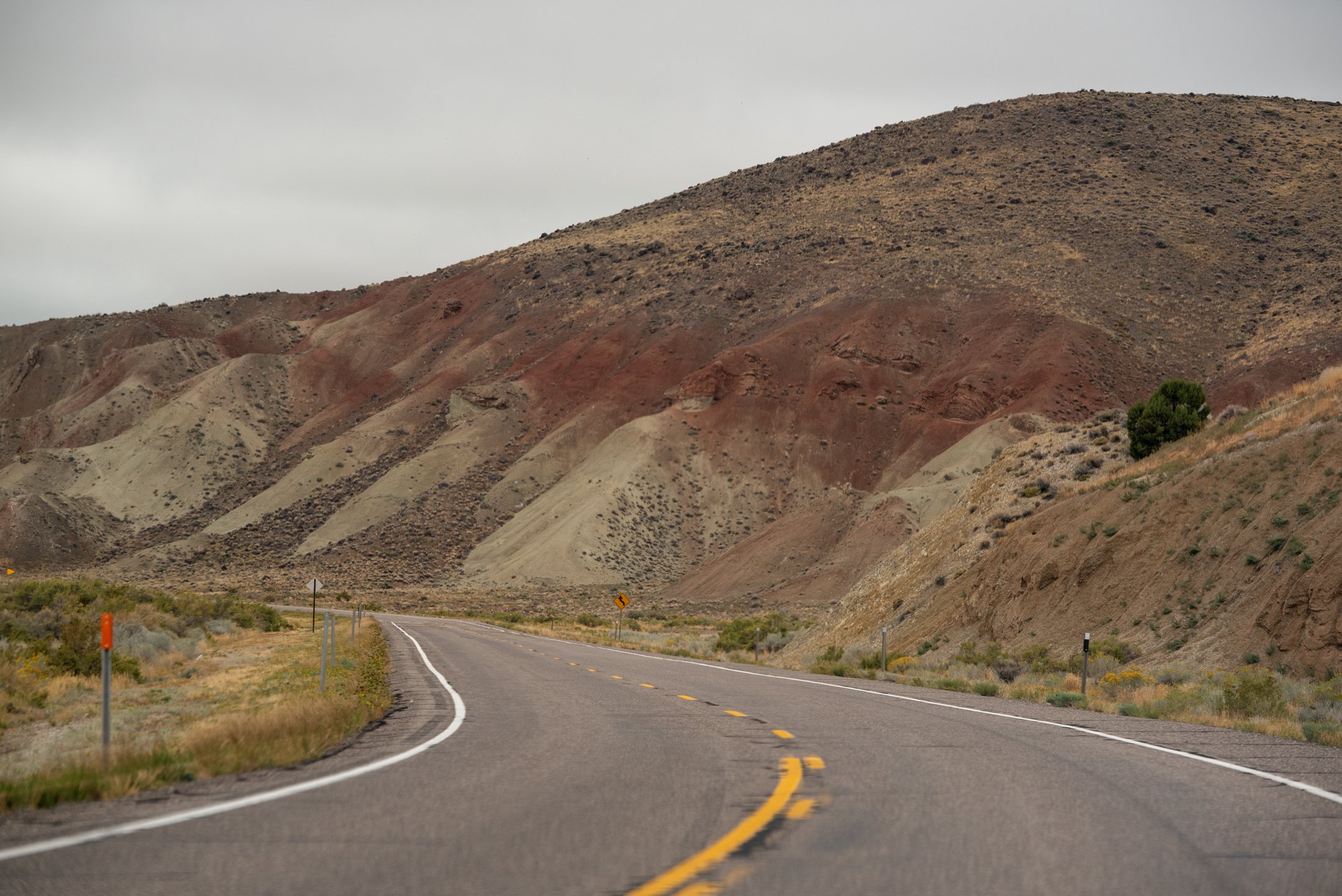Watch this year’s eclipse between 12 and 16 October
Eclipse is on 14th of October between 09 am and 12 pm
On October 14, 2023, an annular, or "ring of fire," solar eclipse will carve a narrow path of annularity from northwest to southeast across eight U.S. states.
I will be taking with me a small group of people to live this amazing experience, and I am only charging you my services. We will split the cost of all the other expenses during the trip.
We will also benefit from a new moon to watch the milky way appear for the last time this year behind an amazing landscape.
And we will be visiting amazing locations such as Bryce Canyon.
Let’s go 🤩
Destination: UTAH
Utah is one of my favorite states that is rich in dark locations and beautiful scenery. I went there back in 2017. Also on average, it’s about 20% cloudy during that day, making it one of the best locations to experience this moment.
Note, to capture the eclipse, we might need to drive a bit for clear skies. We will be sharing an Airbnb that is not too far from the main attractions.
We will be visiting those locations too:
Factory Butte
Bryce Canyon National Park
Eclipse info
There are two main types of solar eclipses: a total solar eclipse, where the Moon completely covers the Sun, creating a brief period of darkness in the area under its path; and an annular solar eclipse, where the Moon appears smaller, leaving a ring-like shape of the Sun visible around its edges.
The centerline of the eclipse enters UTAH at approximately 9:08am MDT, with annularity beginning in that location at about 10:24am MDT. Photo by nationaleclipse.com
Cost
I am only charging for my service fees, everything else would be shared between us.
The price for securing your ticket is 500$+ tax.
The remaining cost is split between us. I am expecting the whole trip (including my fees) to cost between 2500$ and 3000$.
We can make the other payments during and after the trip.
What’s included
Three days of in-field instruction, timing practice and eclipse day instruction
Astronomy & astrophotography guidance
Research for a location to watch the eclipse
Eclipse glasses for our eyes protection
Light Painting Session
Astrophotography Session
Image Discussion and Review Sessions
Transportation
Hiking during the day
What’s not included
Flight
Insurance
Equipement
Accommodation
Meals
Any tickets to access any activity or location
Participants
Minimum: 2 participants
Maximum: 5 participants
Skill Sets: All Levels of Photographers are Welcome. Any non-photographer is welcome too!
Physical Activity: Medium
Language: English and French
What to bring
Weather can range from a low of 4° at night to a high of 20° during the day. There will be a slight chance of rain during our trip.
Hiking shoes
Warm clothing
Hiking clothing
Gloves and beanie (It will be cold at night)
Water bottle
Headlamp with option of red color (Get in touch if you want a recommendation)
Optional: Your camera, tripod
Program
Day 1 -12th October: Arrive to Salt Lake City airport and start our drive south to our Airbnb.
Day 2 - 13th October: Location scouting for the eclipse. Expect to be a lot on the road during that day, we should sleep early that night so we can be ready for the big day.
Day 3 - 14th October: ECLIPSE Day: Starting early in the morning, we will then visit Bryce Canyon park for a day hike and for landscape and astrophotography.
Day 4 - 15th October: Visit Capitol Reef or Badlands for day hike and landscape photography then astrophotography.
Day 5 - 16th October: Trip ends as we go back to Salt Lake City airport.
Eye Safey
The only safe way to look directly at the partially eclipsed Sun is through special-purpose solar filters, such as “eclipse glasses” or handheld solar viewers that comply with the transmission requirements of the ISO 12312-2 international standard. Ordinary sunglasses, even very dark ones, are not safe for looking at the Sun because they transmit far more sunlight than is safe for our eyes. During a partial solar eclipse there is no time when it is safe to look directly at the Sun without eye protection.
Cancellation Policy
This trip is non-refundable. You could transfer your ticket someone else if you can’t make it anymore.
